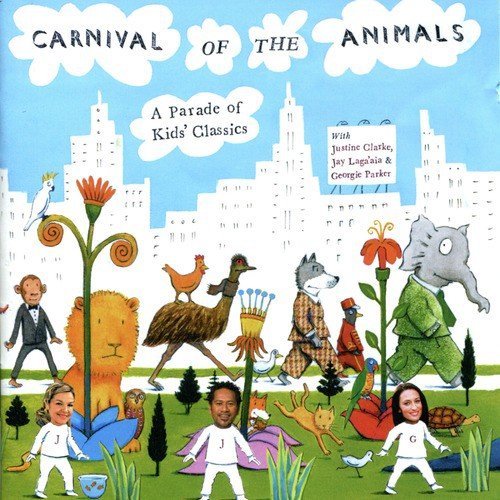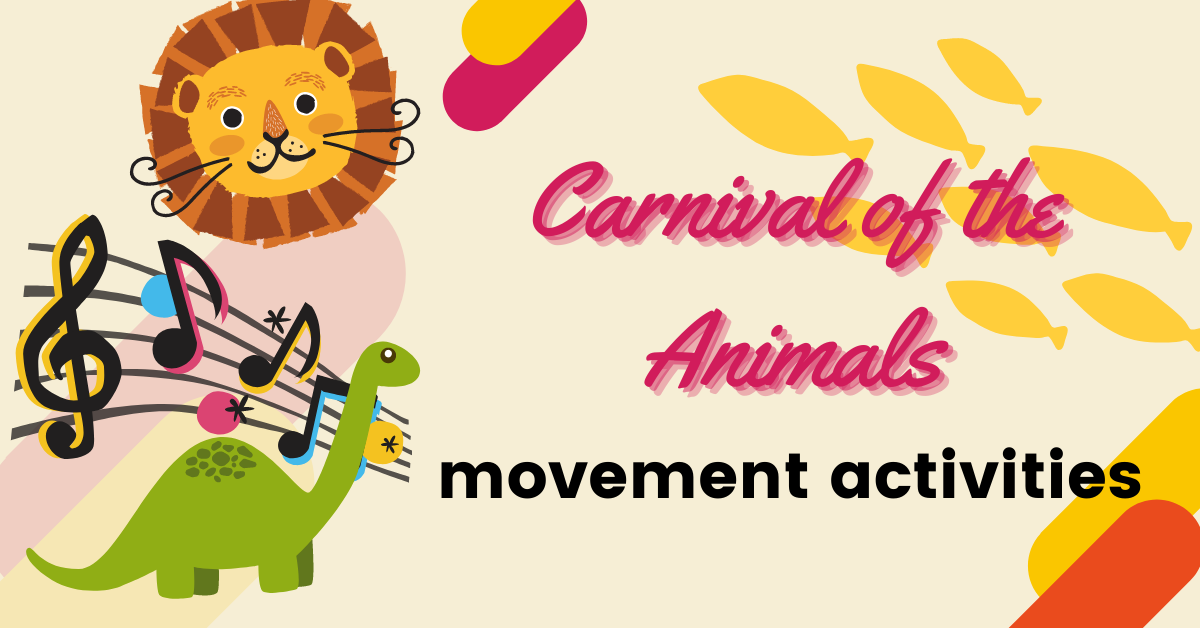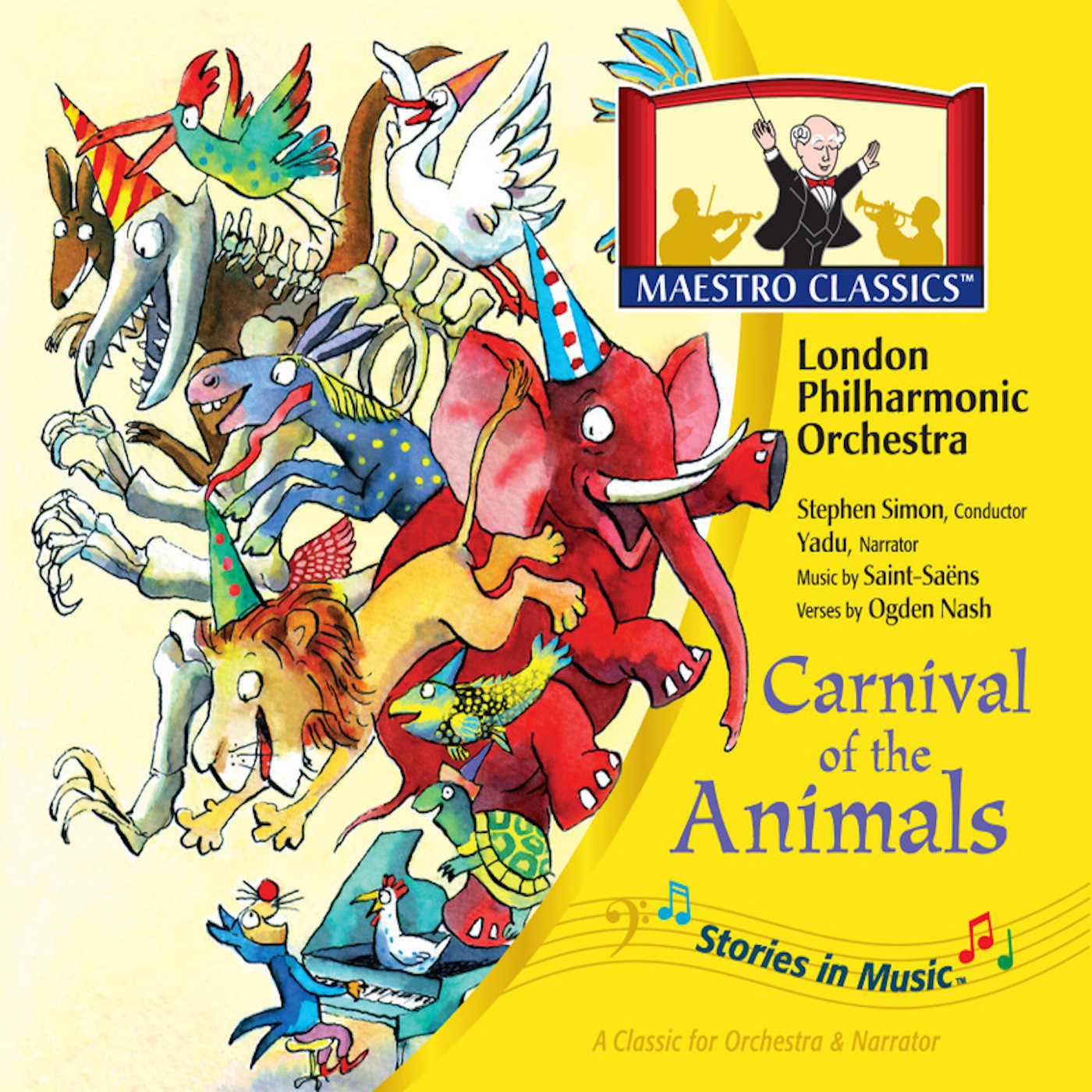

There are 14 short movements, with a short introduction. It is scored for two pianos, two violins, viola, cello, double bass, Bass clarinet, saxophone, snare drumflute (and piccolo), clarinet (C and B♭), glass harmonica, and xylophone. The rest of the work was not performed until a year after Saint-Saëns’ death.įollowing a disastrous concert tour of Germany in 1893, Saint-Saëns withdrew to a small Austrian village, where he composed The Carnival of the Animals in February 1894. Just one movement was published during his lifetime: the famous Swan movement for solo cello. He wanted to be thought of as a serious composer. Saint-Saëns did not want the general public to hear it, because he did not want to be thought of as someone who wrote jokey pieces. Carnival was performed at a small gathering of friends. Saint-Saëns wrote the Carnival of the Animals as a distraction while composing his Symphony No. Click here or on the picture below to download a copy for your own use.The history of its composition It’s in a pdf file and is ready for printing. We’ll see how that goes! The 14-page coloring book is 11×17″ (although it will also print great on 8.5×11″ if you prefer a smaller size) and is designed so that you can put a binding on the left side to hold the pages together. I’m planning on using one coloring book for each piano camp group and having them work together to color the animal pictures. Lastly (for now!), I’ve spent hours putting together a coloring book that my piano camp students can color while we listen to the recording of each piece in the suite. He also offers brief comments and praise for the young performers employed for the recording of this performance.


The narrator captures the imagination of the listener and points out the elements of each piece for which the listener should listen. This CD includes both Prokofiev’s Peter and the Wolf and Saint-Saens’ Carnival of the Animals. The book is colorfully illustrated and a story told by Loriot is woven throughout the book.

Hans-Gunter Heumann has taken each piece of this suite and arranged it for piano (I’d say early intermediate level). The Carnival of the Animals – This book is in the Get to Know Classical Masterpieces Series, published by Schott and distributed by Hal Leonard. Here are some of the resources I’ve been using in my planning: It’s been fun to research the work and become more familiar with it myself! For two of my piano camps this month I decided to use Saint-Saens’ Carnival of the Animals as the theme.


 0 kommentar(er)
0 kommentar(er)
